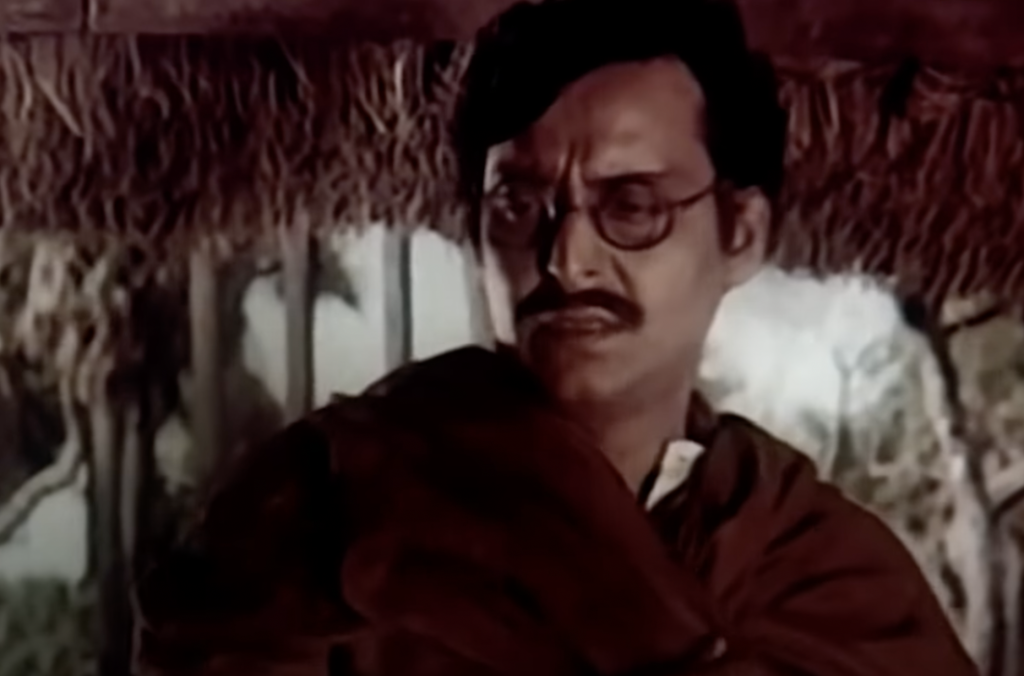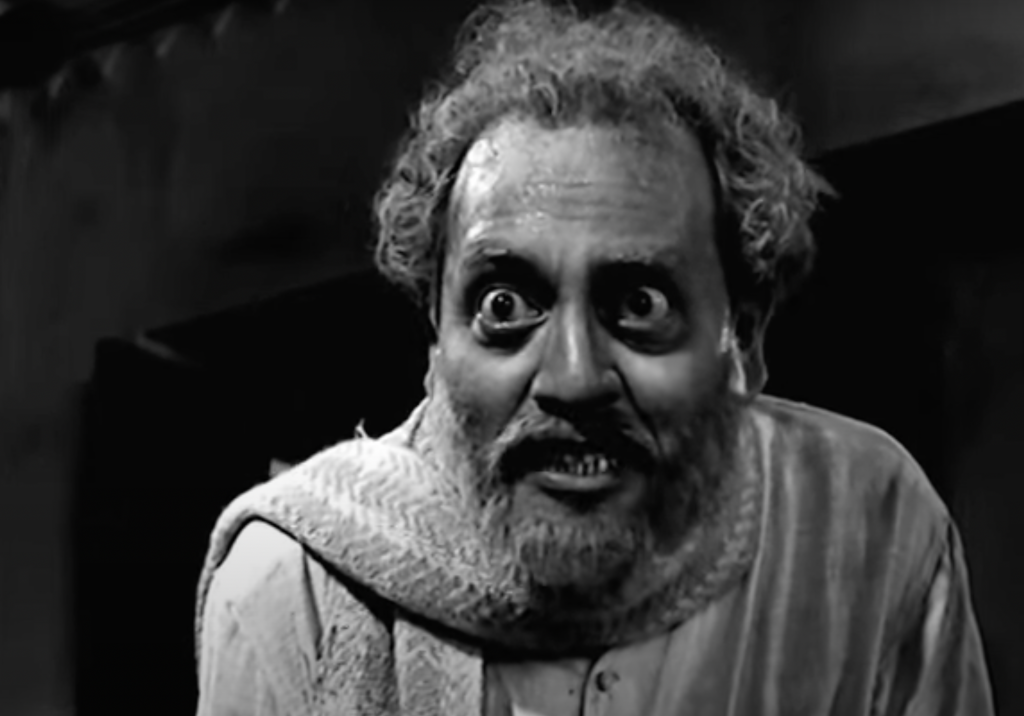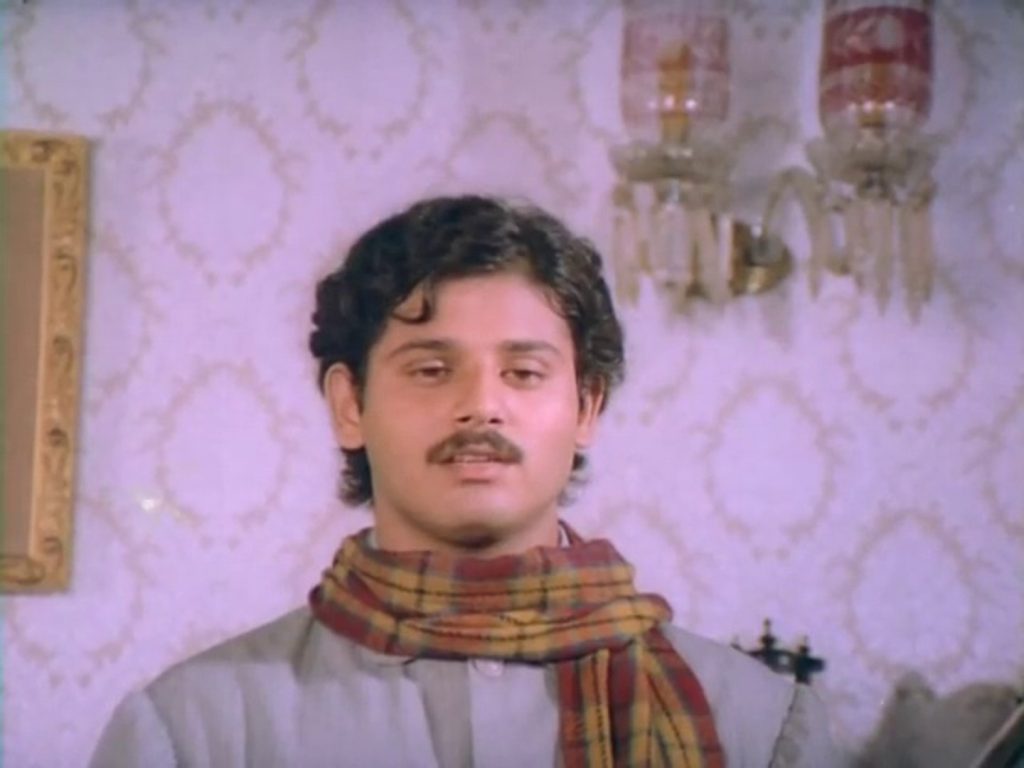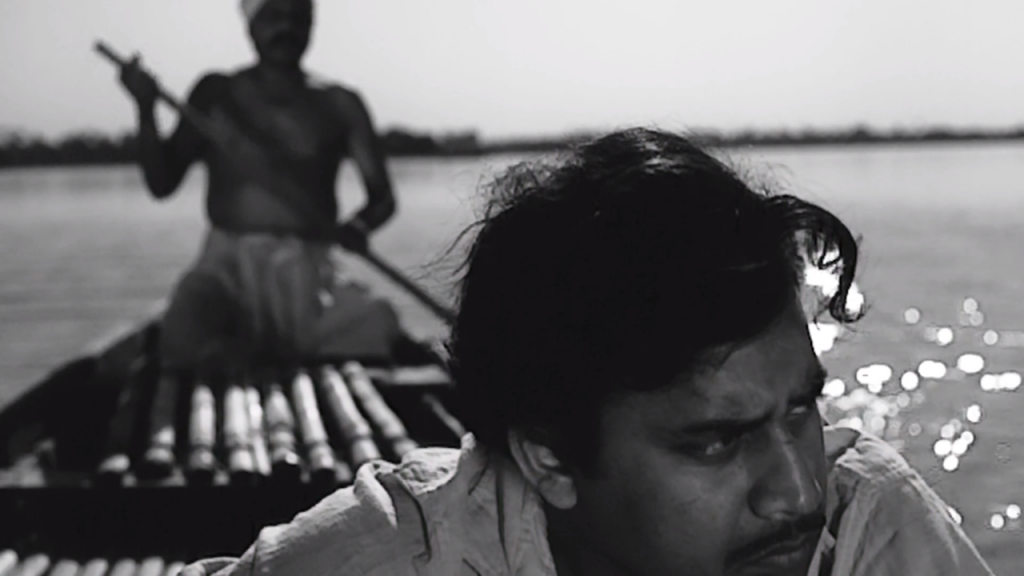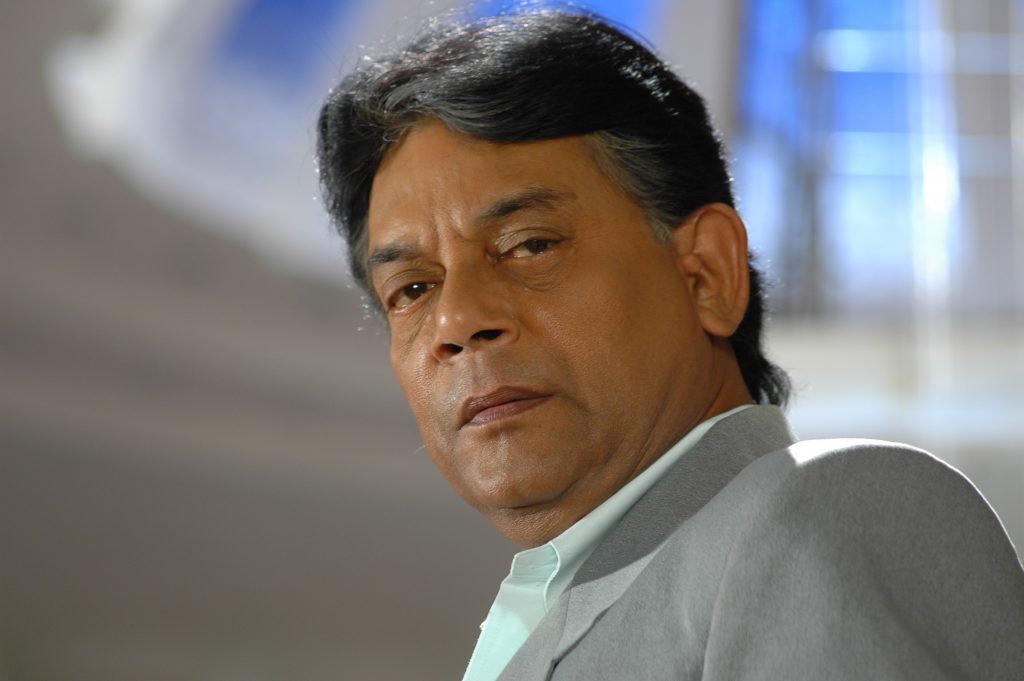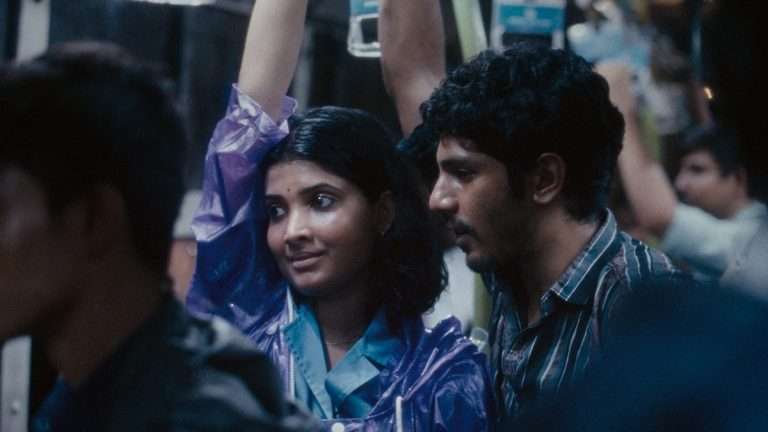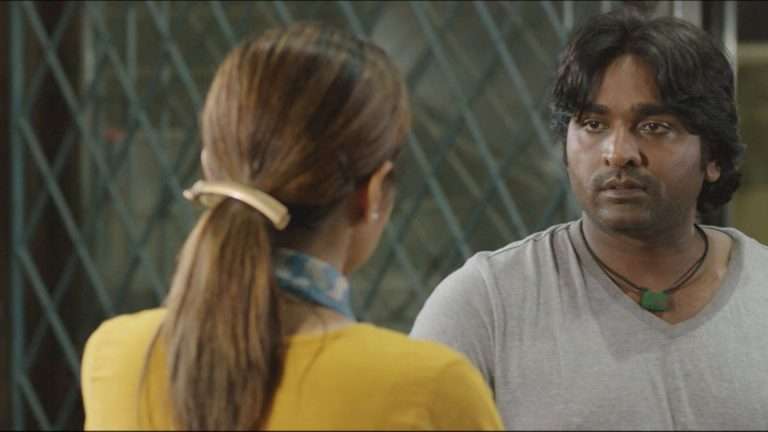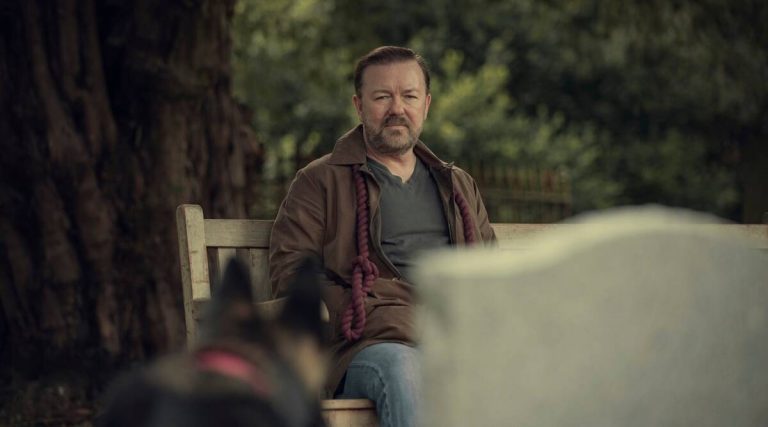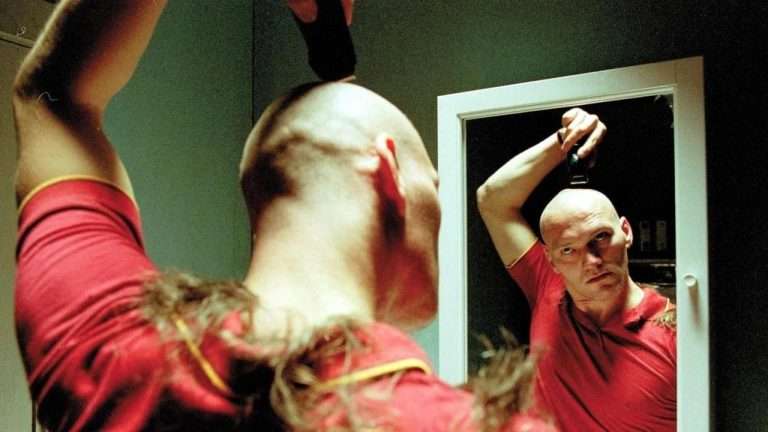Tarun Majumdar: Friend of the Marginal Human Being
Tarun Majumdar, one of the most commercially successful filmmakers of mainstream “family” films, passed away recently at the ripe old age of 91. With him, an entire era of films that consistently reasserted the Bengali, middle-class identity faded away completely. Of course, he had stopped making films by reason of age-related complications, but that does not take away from Bengali cinema the chunk of beautiful, mass-appeal films that had their hearts in the right place. From the stories he drew from Bengali literature through the wonderful music and songs that are hummable till today, his films are a milestone carved in the history of Bengali cinema. Here I try to recollect seven of his outstanding films that have survived the ravages of time. Most of his leading heroes did not fit into the check box of the mainstream hero though his films were entirely mainstream. He belonged to that era of Bengali cinema when there was no visible difference between mainstream and off-mainstream. His stories never spoke about tall, dark and handsome heroes with physical strength to overpower villains as most of his films did not even have villains. The same goes for the heroines as well. “The Family” was his subject and the Bengali Identity of the family was pronounced and underscored boldly.
1. Balika Bodhu (The Child Bride) (1967)
Like most of his films, Balika Bodhu was also a celluloid adaptation in Black-and-White of a Bimal Kar short story, reasserting his love for literature as his main source of making films and also, his talent for collaborating for the music of all his films where music was not just an add-on to the entertainment value but also, an indispensable feature of the film itself. The structure was quite unusual.
The film opens with the voice-over of a man paging through an old photographic album as he begins to unfold the story of his life and the film moves into a flashback. This is used as the framing device of the film as it appears in the end too, where the voice of the narrator changes to depict the change in the voice of the off-screen hero in a unique structure to a sweet love story. The film introduced Moushumi Chatterjee, then a 14-year-old school girl, in the title role of the child bride who is completely ignorant about romanticism and then, the physical connotations of a married relationship. So, when her husband tries to kiss her for the first time, she is shocked beyond belief. The film is an unusual coming-of-age film for the young couple with a special focus on the child bride who finally begins to get the ‘feel’ of a complete marriage when she goes on a pilgrimage to Khajuraho with her parental family and one day, wandering off alone, watched the murals of cohabiting couples there which suddenly woke her up into her womanhood. The film closed with the voice-over of a now senior person (Soumitra Chatterjee) closing the album filled with black-and-white photographs of the couple over time.
The film turned Moushumi Chatterjee, who played Rajani, to a star overnight and she subsequently shifted to Mumbai to seek fresher pastures. Balika Bodhu turned out to become one of the biggest commercial hits within Tarun Majumdar’s oeuvre. It was later made in Hindi in 1976 with a different star cast but could not repeat the success of the original Bengali film. The film had seven melodious songs several of which were patriotic in nature including the famous revolutionary Mukunda Das number Chhere Dao Reshmi Churi Banga Nari, Kobhu Haatey aar Porona, urging Bengal’s women to take off their glass bangles as an expression of protest against the British Rule.
2. Ganadevata (The People) (1978)
Ganadevata was probably the most difficult film Tarun Majumdar decided to film based on a noted classic by Jnanpeeth Award-winning author Tarasankar Bandopadyay. The novel is set against a rural backdrop of undivided Bengal during the 1920s about the breakdown of socio-economic structures, the impact of industrialization, and the non-cooperation movement in rural Bengal. Boiled down to basics, the story, filled with a plethora of rural characters that together form a microcosm of a village populace, is about the tyranny of the affluent and the powerful over the weak and the poor within the same village community.
It defines the endless conflict between the mainstream and the marginal which Majumdar took up as a challenge handling some of the best actors of the time to perform at their best because their roles were challenging for them too. At the 26th National Film Awards (1978), it won the award for Best Popular Film Providing Wholesome Entertainment and Best Child Artist Award for Kanchan De Biswas. It was an actor’s paradise presenting us with a rainbow of characters – an idealist teacher who rises against the rich and an evil capitalist – a new exploiter somewhat replacing the old zamindar or running parallel to him, who exploits the poor, a blacksmith who, along with his carpenter friend protests against the age-old barter system of payment, a prostitute who is not at all ashamed of her profession, and a freedom fighter under house arrest. Though the film dates back more than four decades, it still is very socially, politically, and historically relevant in depicting the exploitation and torture of a large group of poor and downtrodden people by a very small group of rich and powerful lords.
The framing of the title sequence is unique. It throws up a montage of the principal characters against rich visuals of the village and its river running alongside dotted with a traditional folk song belted out by the wandering minstrel of the village Tarini. The performances are superlative and the film is a milestone in Bengali cinema.
3. Thagini (The Lady Thug) (1974)
This is an unusual story of a middle-aged man, Haripada (Utpal Dutt) who, cheated out of his hard-earned money by who he thought was a friend, turns to use his beautiful daughter (Sandhya Roy) as a pawn in a one-up game of cheating unsuspecting young men of their riches by marrying his daughter to them. On the wedding night, she steals all the jewelry and whatever she can land her hands on, and the father and daughter run away before their fraud is caught. But then they meet Amit, and when his daughter is married to the young man (Anup Kumar), she falls in love not knowing that he is the son of the friend who cheated on her father in the first place. Shades of this film came across many years later in 2015 in the Hindi film Dolly Ki Doli starring Rajkumar Rao, Anushka Sharma, and Saif Ali Khan. But the loud glamour and chutzpah of the Hindi film spoilt the soft, humane, and romantic love story that enriched the original Bengali film. This was based on a story by Subodh Ghosh. Tarun Majumdar reached beyond the original by using his actors like solid pillars holding up a different love story of damaged friendship and loss of faith. Sandhya Roy and Anup Kumar were low-key, subtle, and understated in their classic performances while Utpal Dutt ably spelled out the tragedy of his life in the film.
4. Dadar Keerti (1980)
This is probably Tarun Majumdar’s biggest commercial hit other than Balika Bodhu which marked the debut of a long-innings-playing actor Tapas Pal discovered by Majumdar to portray the very marginal, somewhat soft-in-the-head hero Kedar who is so bad in studies that his father sends him off to a small town in Bihar to live with the extended family of an uncle. This underlines Majumdar’s brilliance in bringing out-of-the-box characters, outsiders so to say, into the mainstream. The film is based on an unpublished story by Saradindu Bandopadhyay popularly known as the master of detective and historical novels. The music by Hemanta Mukherjee was another point of attraction what with several Tagore songs Kedar turns out to be a beautiful singer of Tagore songs and this seals his love for Saraswati (Mahua Rochoudhury), the elder daughter of the neighboring family who is as beautiful as she is talented. The story is founded against the backdrop of an extended joint family which gives the director the scope to bring in many characters of which Bhombol (Anup Kumar) is focussed on making a fool of Kedar with naughty tricks to end up at the bottom of one of these tricks himself. Though it is a “happily-ever-after” story, it is embellished with several humane issues brought forth through different characters. Dadar Keerti has tremendous repeat value for Bengali cine buffs till today.
5. Palatak (1963)
Palatak, historically speaking, stands out as one of the best films directed by Tarun Majumdar. The film was remade in Hindi by V. Shantaram and renamed Raahgir but it did not repeat the commercial success of the original Bengali film. It was directed by the Jatrik group of directors, one of the last films produced and directed by the three friends who formed the group to make films before Tarun Majumdar decided to strike it out on his own. But the film is always mentioned at the top of Majumdar’s directorial oeuvre and so the film finds its place in this list.
The film has a very interesting backstory. Majumdar, deciding to go out on his own, visited a remote, almost deserted village in Jhargram in West Bengal in search of a good story. He chanced upon a little-known novel by Manoj Bose, loved it, and wrote out a screenplay based on Angti Chatujjer Bhai – the original title – in the light of a dim kerosene lamp. The hero (Anup Kumar) was the younger brother of a rich zamindar who wore rings on all his fingers and so the nickname “Angti Chatujje”. But the younger man Basanta Chatujje (Anup Kumar) was not only bit by wanderlust (so the title Palatak) but was also a wastrel of sorts who mixed with people his brother would not dream of, went off with a singing group to perform with them and so on. His brother tried to hold him down through marriage to a beautiful girl but this too, could not stop him. He joined a traveling folk singing group and went on a singing tour with them only to arrive at his original village where the group was invited to perform for a baby’s annaprashan. He had no clue that the baby is his own son. It is the story of a young man from an aristocratic and affluent family who could never get tied down to the worldly affairs he belonged to.
Besides focusing on a “marginal man” with very un-hero-like qualities, Palatak is enriched by beautiful music drawn from different schools of Bengali music such as the once-famous Kobi Gaan, and can also be called a “musical” film. The story goes that Uttam Kumar had expressed his desire to do the lead role. But Majumdar was insistent on taking on a good actor who did not have that hero halo around his head and could slip into the character of the young man bit badly by wanderlust. Despite several melodramatic twists and a very melodramatic end, the film remains a milestone in the history of mainstream Bengali cinema. The film fetched Anup Kumar the Best Actor Award from the BFJA the following year.
6. Nimantran (1971) (The Invitation)
The film is based on a story by Bibhuti Bhushan Bandopadhyay whose Pather Panchali was picked by Satyajit Ray 16 years ago. Though Majumdar’s film keeps reminding us again and again of the beautiful kaash fields with their wild white flowers swinging in the breeze in the village of Pather Panchali, the situation, the presentation, the positioning and the narrative here are unique in their storytelling characteristics and the romantic ambiance in which these scenes are depicted in Majumdar’s film.
Nimantran is a subtle message to men and women who are either afraid or too proud to profess their love for their beloved. By the time they realize this, it is always too late. This happened in the life of HIrendranath or Hiru (Anup Kumar) who, after his FA Examinations, visits his paternal aunt’s village for a vacation. He falls in love with the village itself which includes the very talkative, semi-literate Kumudini or Kumu (Sandhya Roy) who lives in the shelter of her uncle along with her widowed mother. Hiru falls in love with the village itself, its river, the boat along with the boatman, the village postmaster, the ‘doctor’ and even with the visual beauty of the landscape, the sounds of bird songs and nocturnal insects and the blowing of conch-shells though he has grown up in Calcutta. But being a bit of a snob because of his education, he fails to realize that he has fallen in love with Kumu. But it is a village still deeply entrenched in caste and class divide which is the basic reason that asking for Kumu’s hand in marriage does not once occur either to Hiru or to Kumu.
He goes back to the city. Marriage to the daughter of a dying elderly friend in the railways where he begins to work culminates in great material prosperity but a sense of deep emotional loss. He goes back to the village to fetch that old aunt and meets Kumu, now married to another who leaves her with her mother and does not care to keep the marriage going. There is a beautiful recitation of a Tagore poem Anup Kumar recites himself which enriches the tapestry of the film and a memorable Tagore song sung by Kanika Bandopadhyay, a doyen of Rabindra Sangeet. The title “Nimantran” stands as an irony as the main guest Hiru, at both the invitations, one at the beginning and one in the end, on a fasting day when nothing is cooked in the home, stands as a metaphor for love and loss because though it spoke of silent love, neither of the invitations ended happily.
It is a complex story of simple people and won the National Film Award for Best Feature film in Bengali at the 19th National Film Awards. Hemanta Mukherjee also won the National Award for Best Music for this film the same year. The film also won a number of BFJA Awards, including Best Indian Film (along with others). It continues to be popular, as shown by its demand in DVD form in multiple distributions in West Bengal.
7. Sansar Seemantey (1975) (At the Edge of the World)
Sadly, not a single print of this film, based on a story by Premendra Mitra has survived the ravages of time and has been completely destroyed for a lack of proper preservation and conservation facilities of celluloid films in the country. This film did not do very well commercially probably because Tarun Majumdar stepped on the rather fragile ground with this film. It mainly tackles the love between Rajani, (Sandhya Roy), a low-grade prostitute (Sandhya Roy) and Aghor, a low-grade thief (Soumitra Chatterjee) who happens to step into the dingy red-light district in Calcutta one day. Though she offers shelter to Aghor who is being chased by the police, he does not stop stealing from her. A shocked Rajani has him beaten up by a mob but also nurses him back to health. He gives back the stolen necklace and is chased by some of his own goons for failing to share the stolen booty.
There are some memorable shots taken with a hand-held camera when Aghor takes Rajani on a tour around the city of Kolkata while at the same time, the police come to search for the dead body of another sex worker names Manada who worked in the ghetto. The story goes that some of the scenes were shot in the lanes of Sonagacchi, the biggest red-light area in the city and the film became very realistic because of the stunning performances by the lead pair and the other actors as well. They finally do get married and a thief friend of Aghor sticks a tag with “Grihaster Bari” (Home of a Family) written on it on their new home to draw a sharp dividing line between the mainstream people and the red-light women. Another reason for its failure was the out-of-the-box character portrayed by Soumitra Chatterjee who the audience could not accept in this anti-social role.
Tarun Majumdar hardly used any melodrama in the film to draw the audience to the theatres as he kept the focus strictly on the people who dot these ghettos such as the sex workers, the brothel madam, the pimps, the agents, the bouncers, and the doctor offering a microcosm of a society we hardly know at first hand and the tragedy it spells out for those who live and work within them.


